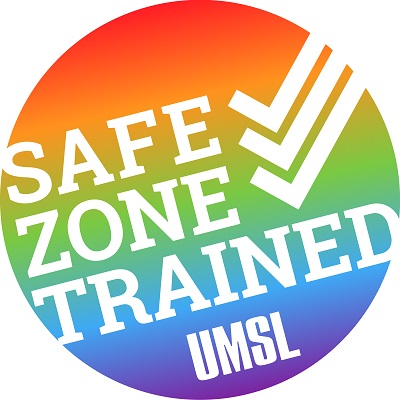- Communications and Media
- Faculty and Staff Directory
- Dr. Yan Tian
Yan Tian, Ph.D.
Yan Tian's research focuses on audience analysis and media effects in health contexts. She has published articles in leading journals such as Health Communication, Journal of Health Communication, and Human Communication Research. She regularly teaches courses in communication theories, research methods, and global media.
Education:
Ph.D., Temple University
M.A., Peking university
B.A., Peking University
Courses Taught:
COMM 1050 Introduction to Mass Communication
COMM 1135 Communication Theory
COMM 3330 Research Methods in Communication
COMM 3332 Intercultural Communication
COMM 6500 Seminar in Communication Theory
MEDIA ST 3356 Global Media Systems and Trends
Selected Publications:
Reinhart, A. M., Tian, Y., & Lilly, A. (2022). The role of trust in COVID-19 vaccine hesitancy and acceptance among Black and White Americans. Vaccine, 40, 7247–7254.
Tian, Y., Yoo, J., & Zhou, H. (2022). To read or not to read: An extension of the Theory of Planned Behavior to food label use. International Journal of Consumer Studies, 46, 984-993 .
Cho, S. J., & Tian, Y. (2021). Investigating the role of communication between descriptive norms and exercise intentions and behaviors: Findings among fitness tracker users. Journal of American College Health, 69, 452-458.
Tian, Y., & Yoo, J. (2020). Medical drama viewing and medical trust: A moderated mediation approach. Health Communication, 35, 46-55.
Robinson, J. D., Turner, J., Tian, Y., Neustadtl, A., Mun S. K., Levine, B. (2019). The relationship between emotional and esteem social support messages and health. Health Communication, 34, 220 -226 .
Tian, Y., & Robinson, J. D. (2017). Predictors of cell phone use in distracted driving: Extending the Theory of Planned Behavior. Health Communication, 32, 1066-1075.
Tian, Y., & Zhou, H. (2015). From bottom line to consumers’ mind: The framing effects of accounting information. Accounting, Organizations and Society, 43, 56-66.
Tian, Y., & Yoo, J. (2015). Connecting with The Biggest Loser: An extended model of parasocial interaction and identification in health-related reality TV shows. Health Communication, 30, 1-7. (Lead article)
Tian, Y., & Robinson, J. D. (2014). Media complementarity and health information seeking in Puerto Rico. Journal of Health Communication, 19, 710-720 .
Turner, J. W., Robinson, J. D., Tian, Y., Neustadtl, A., Angelus, P., Russell, M., Mun, S. K., & Levine, B. (2013). Can messages make a difference? Association between e-mail messages and health outcomes in diabetes patients. Human Communication Research, 39, 252-268.
Jang, S. A., & Tian, Y. (2012). The effects of communication efficacy on information-seeking following events that increase uncertainty: A cross-lagged panel analysis. Communication Quarterly, 60, 234-254.
Yoo, J. & Tian, Y. (2011). Effects of entertainment (mis)education: Exposure to entertainment television programs and organ donation intention. Health Communication, 26, 147-158.
Tian, Y. (2010). Organ donation on Web 2.0: Content and audience analysis of organ donation videos on YouTube. Health Communication, 25, 238-246.
Robinson, J. D., & Tian, Y. (2009). Cancer patients and the provision of informational social support. Health Communication, 24, 381-390.
Tian, Y., & Robinson, J. D. (2008). Incidental health information use and media complementarity: A comparison of senior and non-senior cancer patients. Patient Education and Counseling, 71, 340-344.


